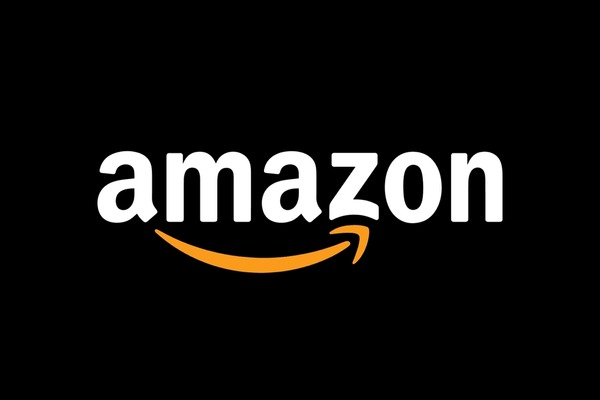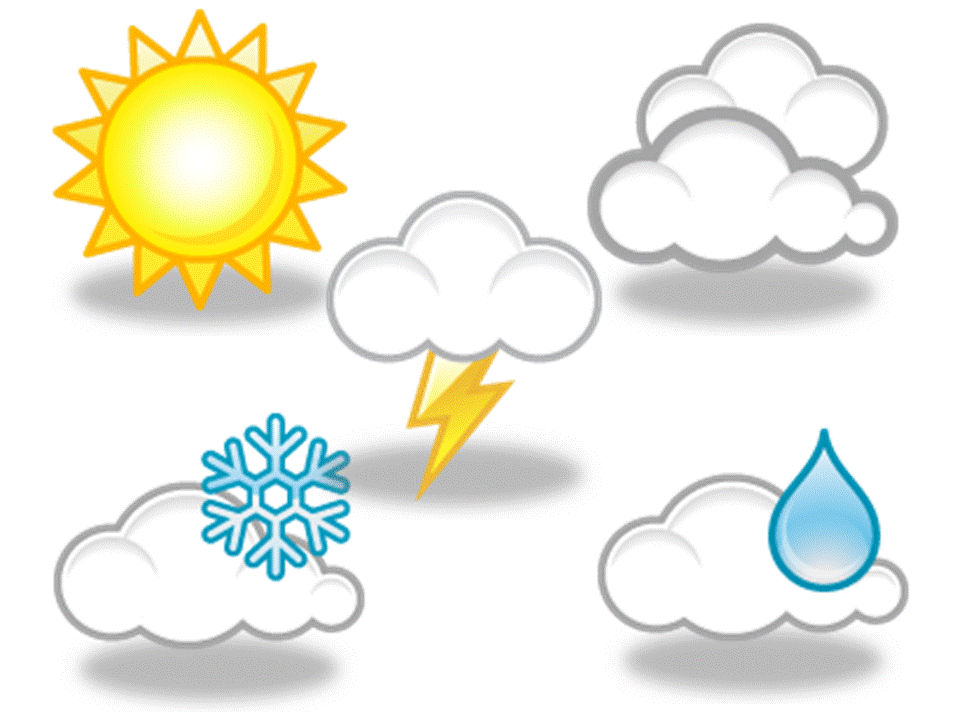Unlawful 'defeat device' was used in diesel vehicles for years to cheat on emissions tests
December 22, 2025
-
Multistate settlement resolves environmental and consumer protection violations tied to emissions cheating
-
Eligible Mercedes diesel owners to receive $2,000 after approved emissions repairs
-
Company used illegal "defeat devices" for years to cheat on emissions tests
A bipartisan coalition of 51 attorneys general has reached a nearly $150 million settlement with Mercedes-Benz USA over the automakers use of illegal emissions-cheating software in diesel vehicles, New York Attorney General Letitia James announced Tuesday.
The agreement resolves claims that Mercedes equipped hundreds of thousands of diesel vehicles with undisclosed software designed to manipulate emissions tests, mislead consumers, and illegally pollute communities across the country. The multistate investigation was led by New York and eight other states.
Under the settlement, Mercedes will pay $149,673,750 to the states, including more than $13.5 million to New York, and will provide $2,000 payments to eligible vehicle owners and lessees whose cars receive required emissions repairs. The company must also implement sweeping compliance reforms and submit to ongoing oversight.
Years-long emissions deception
According to investigators, Mercedes installed unlawful defeat device software in diesel vehicles that allowed them to pass government emissions tests while producing far higher pollution levels during normal driving.
The software allegedly reduced emissions only under laboratory testing conditions. On the road, the vehicles emitted nitrogen oxides and other pollutants at levels sometimes 30 to 40 times above legal limits, regulators said. Those emissions contribute to smog, respiratory illness, and other public health risks.
This unlawful software enabled Mercedes to obtain emissions certifications that the vehicles did not actually qualify for, the New York Attorney Generals Office said in a statement.
Between 2008 and 2017, Mercedes sold more than 200,000 affected diesel vehicles nationwide, including more than 19,000 registered in New York.
Consumers misled by clean diesel claims
Investigators also concluded that Mercedes misled buyers by marketing its diesel vehicles as environmentally friendly.
The company advertised the cars as producing ultra-low emissions, described them as clean and green, and claimed they were among the worlds cleanest diesel automobiles. Mercedes also touted technology that allegedly converted harmful pollutants into pure, earth-friendly nitrogen and water.
In reality, the vehicles emitted far more pollution than permitted and did not operate as advertised or certified, state officials said.
Attorney General James said the conduct went on for nearly a decade.
Mercedes promised New Yorkers clean, green cars, but instead sold vehicles that polluted our air and put public health at risk, James said. For nearly a decade, Mercedes misled regulators and consumers while its vehicles spewed toxic emissions into our communities.
Investigation launched after federal case
The multistate probe began in 2020, following the conclusion of a related federal investigation. As part of a nine-state executive committee, the New York Attorney Generals Office reviewed more than 350,000 documents and interviewed numerous witnesses.
That investigation ultimately found that Mercedes undisclosed software masked the vehicles true pollution levels and allowed the company to improperly obtain emissions certifications.
Money for pollution control and consumers
As part of the settlement, Mercedes will immediately pay $120 million to the participating states. New Yorks share$13,530,088will be used to prevent, reduce, and mitigate air pollution.
An additional $29,673,750 penalty is temporarily suspended and will be reduced by $750 for each affected vehicle that Mercedes repairs, removes from the road, or buys back.
To encourage repairs, Mercedes must offer $2,000 payments to eligible owners and lessees whose vehicles receive an Approved Emissions Modification. Claims must be submitted by September 30, 2026. Mercedes is required to notify eligible consumers by mail and provide an extended emissions warranty for vehicles that undergo the repair.
Department of Environmental Conservation Commissioner Amanda Lefton said the settlement delivers both accountability and environmental benefits.
This multi-state settlement not only ensures accountability for bad actors using illegal emissions-cheating devices, it also importantly delivers more than $13.5 million to New York to reduce harmful emissions and help eligible consumers pay for costly vehicle repairs, Lefton said.
Strict compliance and oversight requirements
Beyond the financial penalties, the settlement imposes broad restrictions on Mercedes future conduct.
The company is barred from selling or leasing diesel vehicles equipped with illegal emissions-cheating devices, from making misleading claims about emissions performance, and from labeling diesel vehicles as clean or low-pollution unless those claims are accurate and substantiated.
Mercedes must also comply with requirements previously imposed in federal court, regularly report to state regulators on vehicle repairs and removals, and submit to additional oversight. Failure to comply could trigger further penalties.
State officials said the settlement is intended not only to remedy past harm, but to prevent similar misconduct across the auto industry going forward.















